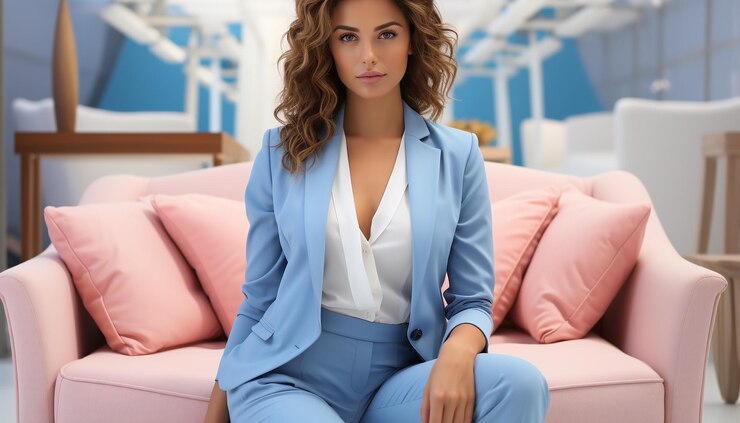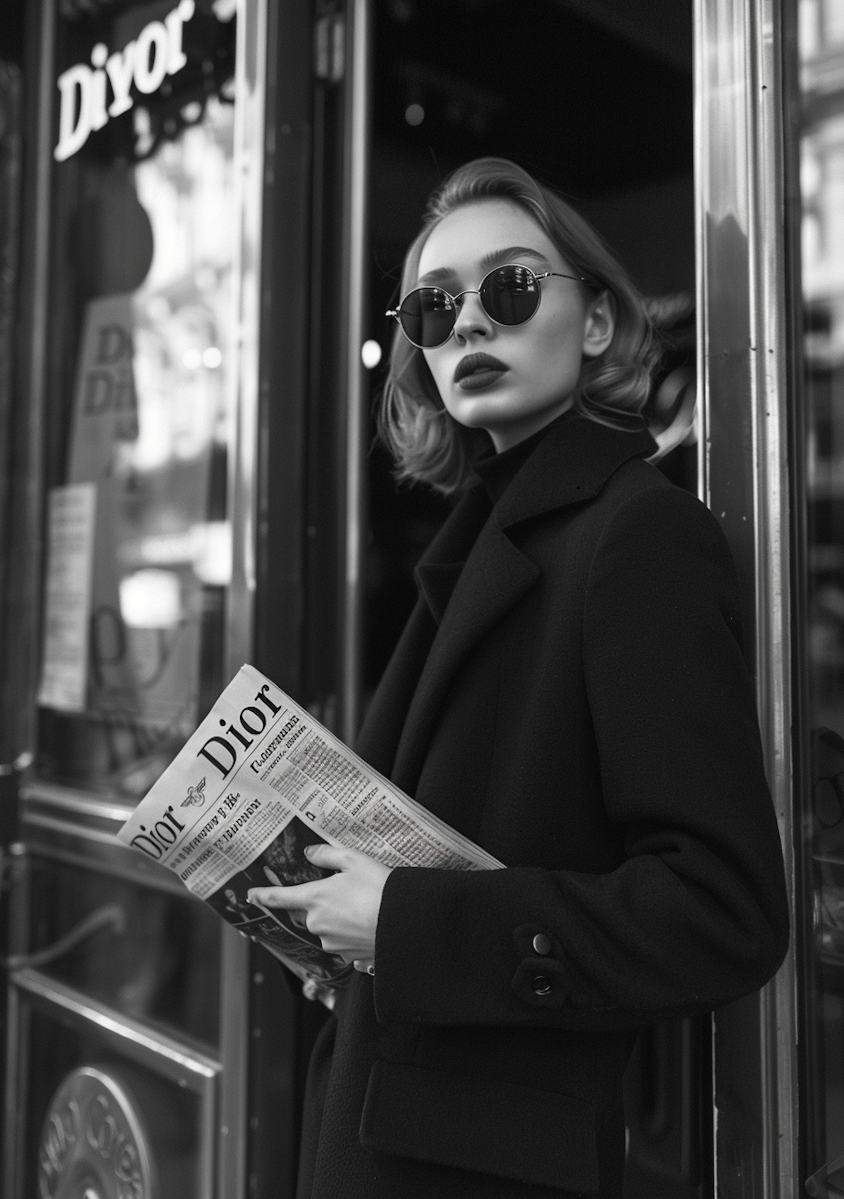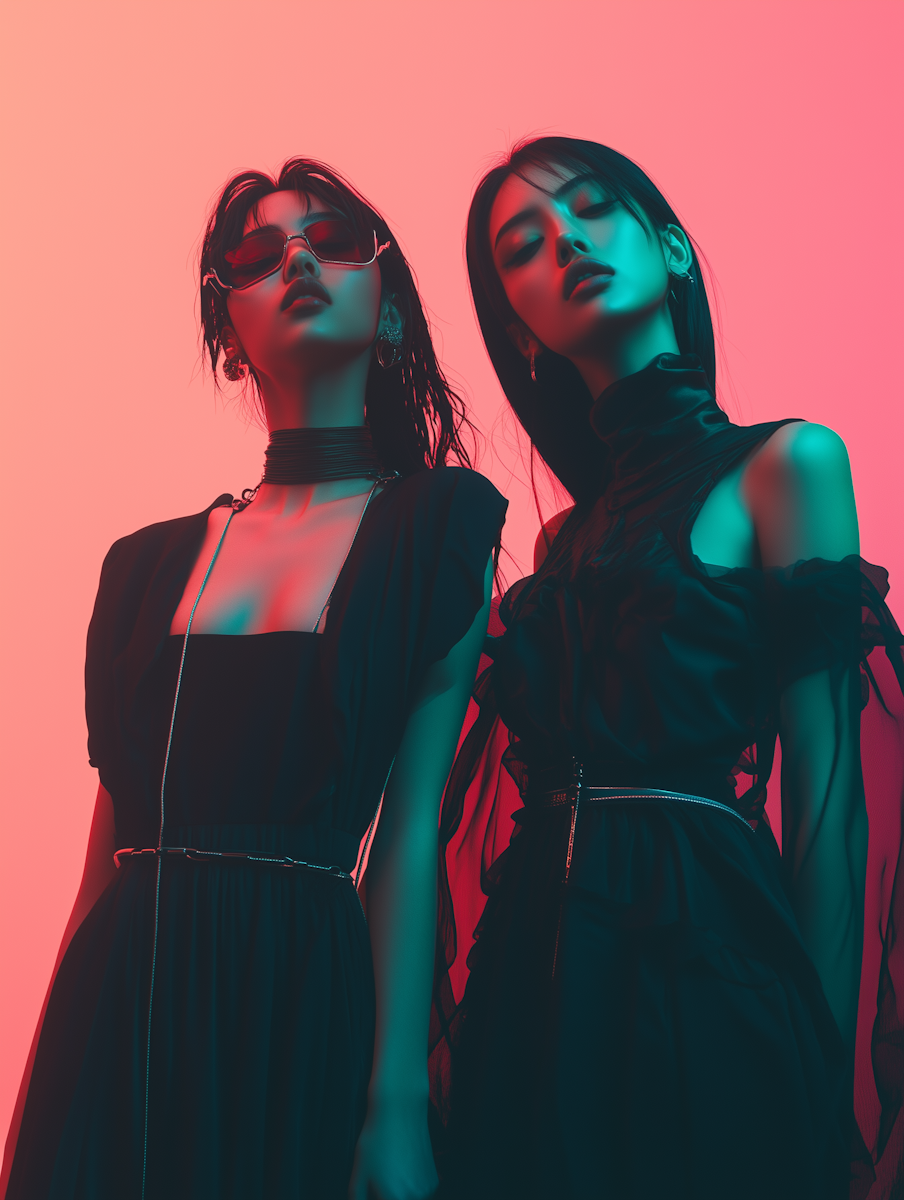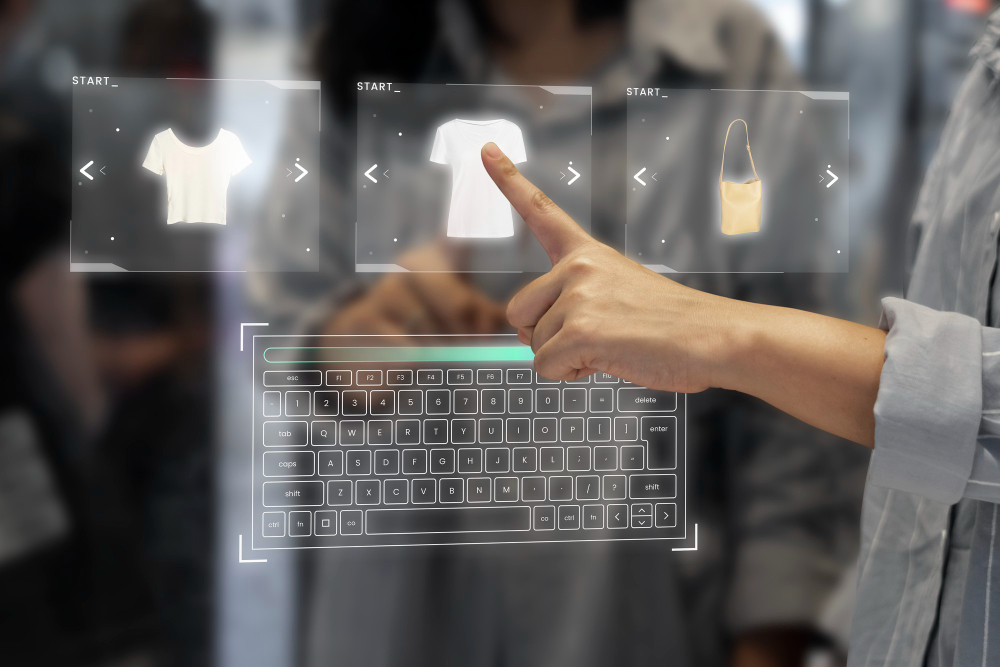Table of contents
When preparing for a job interview, your resume, experience, and confidence all matter—but so does your appearance. Knowing how to dress professionally and powerfully for an interview can leave a lasting impression that speaks before you even say a word. First impressions are formed within seconds, and your outfit plays a major role in how you’re perceived.
In this guide, we’ll break down how to dress for different types of job interviews, what to avoid, and how to strike the perfect balance between professional and confident.
Why Your Interview Outfit Matters
Your clothing communicates a lot about your personality, professionalism, and attention to detail. While different industries have varying dress codes, the goal is always the same: to look polished, capable, and confident.
A well-chosen outfit can:
- Boost your self-confidence
- Show respect for the company and interviewer
- Help you feel more prepared
- Highlight your professionalism and sense of style
How to Dress for Different Types of Interviews
1. Corporate/Traditional Interviews
Think law firms, finance, government, or consulting roles. Here, formal wear is expected.
For Men:
- Tailored suit in navy, black, or charcoal
- Button-down shirt (white or light blue)
- Conservative tie
- Leather dress shoes
For Women:
- Pantsuit or knee-length skirt suit
- Neutral blouse
- Closed-toe heels or flats
- Minimal accessories
2. Creative Industries (Marketing, Design, Media)
You can show a bit more personality while still looking professional.
How to dress it right:
- Smart trousers with a statement top
- A structured blazer over a dress
- Trendy yet professional shoes
- Pops of color or accessories that show creativity
3. Tech Startups or Casual Workplaces
These companies often embrace business casual. Still, dress up a notch for the interview.
For all genders:
- Crisp button-down or blouse
- Well-fitted chinos or dress pants
- Loafers or clean sneakers (if acceptable)
- Avoid overly casual items like hoodies or graphic tees
4. Virtual Interviews
Even through a screen, how to dress matters. It shows effort and respect.
Tips:
- Wear professional attire from top to bottom (yes, pants too!)
- Avoid bright colors or busy patterns that can distract on camera
- Check your lighting and background to enhance your professional appearance
Interview Outfit Do’s and Don’ts
✅ DO:
- Dress one level above the company’s usual dress code
- Wear clean, well-pressed clothes
- Choose neutral or classic colors
- Keep grooming neat and tidy
- Research the company culture beforehand
❌ DON’T:
- Wear strong cologne or perfume
- Show too much skin
- Choose flashy or noisy jewelry
- Wear wrinkled or ill-fitting clothes
- Rely solely on trendy fashion without considering professionalism
How to Dress Confidently: Finishing Touches
Confidence is part of how to dress powerfully. Here’s how to polish your look:
- Fit matters most. Tailored clothing always looks better.
- Grooming is key. Hair, nails, and overall cleanliness play a major role.
- Carry a professional bag. A sleek tote, leather portfolio, or structured backpack works.
- Mind your posture. Stand tall—it complements your outfit beautifully.
Frequently Asked Questions
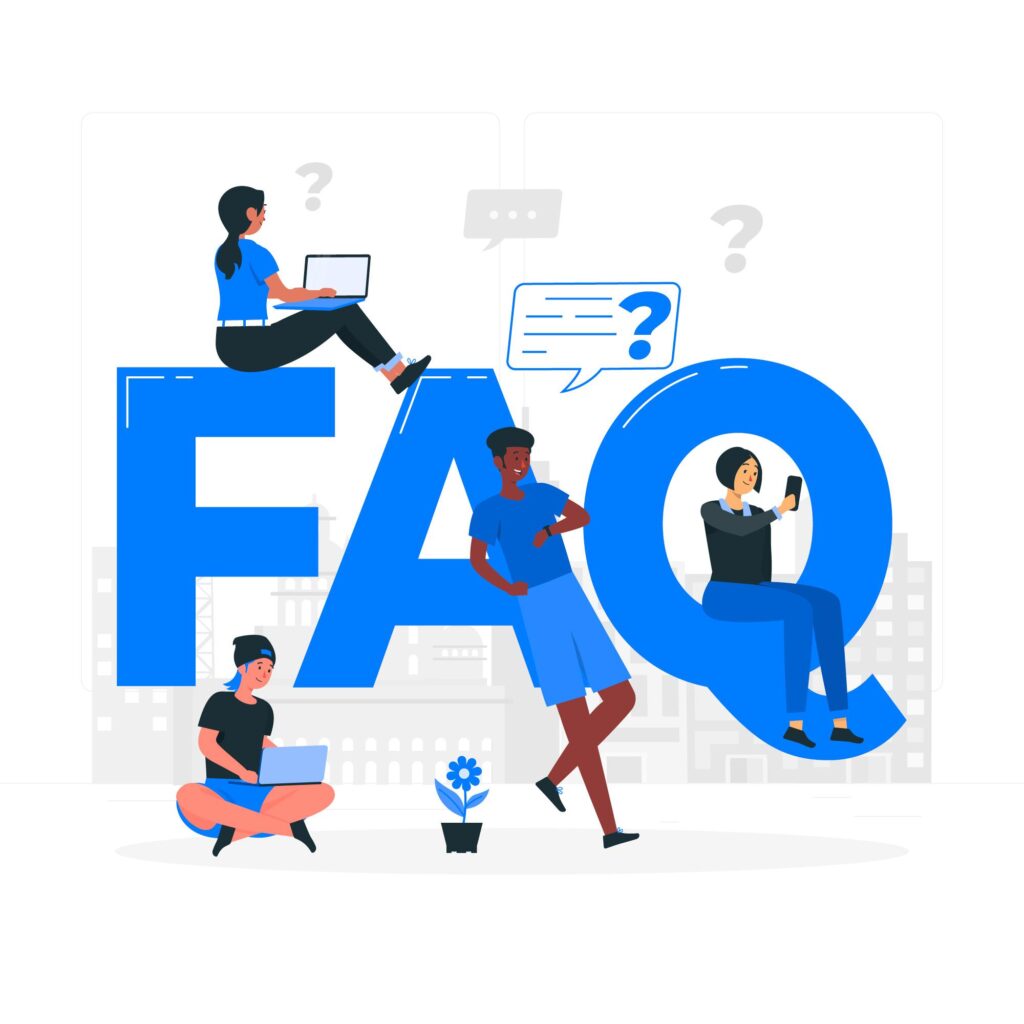
Neutral colors like navy, gray, black, and white are safe and professional. Soft pastels or deep jewel tones are great for adding subtle personality.
Only if the company is very casual and it’s been made clear that jeans are acceptable. Even then, opt for dark, well-fitted jeans and pair them with a dressier top.
Absolutely! Clean, professional flats are perfectly acceptable and often more practical—especially if you’re walking or commuting.
That’s entirely up to you. If you choose to wear makeup, keep it natural and professional—nothing too bold or heavy.
Accessories should complement, not overpower, your outfit. A simple watch, delicate jewelry, or a classic belt can enhance your look without being distracting.
Final Thoughts
Figuring out how to dress professionally and powerfully for an interview doesn’t have to be stressful. It’s all about striking the right balance between professionalism, personality, and confidence. Do your homework on the company culture, plan your outfit in advance, and aim to feel comfortable in your skin—because when you look good, you feel good, and that energy shows.
No matter the industry or role, remember this: your outfit is part of your personal brand. Make sure it says, “I’m ready.”

